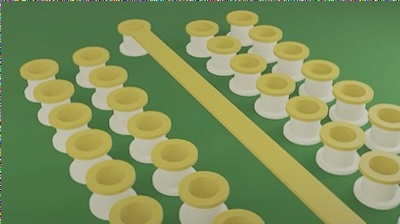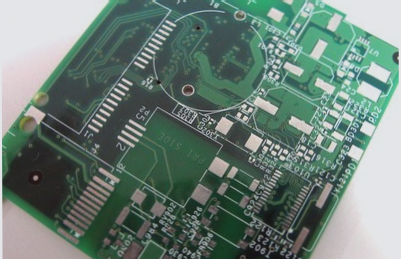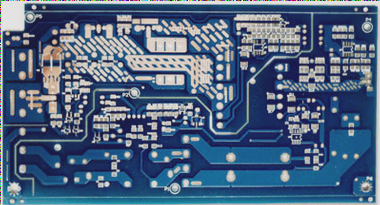Current Challenges in PCB Manufacturing
- The importance of removing the heavy silver layer on PCB boards
- Cost implications of scrap due to microcavities
- Identification of defects by PWB manufacturers and assemblers
- Issues with solderability, particularly in high aspect ratio boards
- Root cause analysis pointing towards PCB design challenges
PCB manufacturers and assemblers are facing challenges in eliminating the heavy silver layer on PCB boards. The presence of this layer can lead to scrap and microcavities, causing significant cost losses. While defects have been identified, the root cause analysis indicates that the solderability issue is primarily related to PCB design rather than the immersion silver process.
Understanding the Root Causes
- Impact of cracks on the supply of silver ions during the immersion process
- Corrosion of copper beneath cracks leading to immersion silver deposition
- Factors contributing to crack formation, such as poor bonding and scratches
- Corrosion due to reactions with sulfur and oxygen
- Challenges with rapid deposition speed of immersion silver
The root causes of defects in PCB manufacturing involve cracks limiting the supply of silver ions, corrosion of copper, and reactions with sulfur and oxygen. These issues are exacerbated by the rapid deposition speed of immersion silver, leading to a low-density silver layer and increased exposure of copper to oxidation.
Additional Insights
- Residual film from previous steps affecting silver deposition
- Mechanical treatment processes impacting the uniformity of the immersion silver layer
Furthermore, the presence of residual film and the mechanical treatment process can also contribute to challenges in achieving a uniform immersion silver layer on PCB boards. Understanding these factors is crucial for improving the overall quality and reliability of PCB manufacturing processes.

Ion Contamination and Microvoids in PCBs
- Ion contamination on circuit boards can impact electrical performance and is primarily sourced from immersion silver solutions.
- The porosity of the silver layer influences ion contamination levels, with high porosity leading to more retention of ions.
- Effective post-washing is crucial in controlling ion contamination to prevent exceeding acceptable levels.
- Microvoids, small cavities at the metal interface, reduce solder joint strength and are common on OSP, ENIG, and immersion silver surfaces.
- Microvoid formation is linked to thick silver deposits and the roughness of the copper surface beneath the silver layer.
- The type and composition of organic matter in the silver layer also contribute to microvoid formation.
- Industry efforts by OEMs, EMS, PWB manufacturers, and chemical suppliers aim to address microvoid issues but have not fully eliminated them.
If you require PCB manufacturing services, feel free to contact us.



